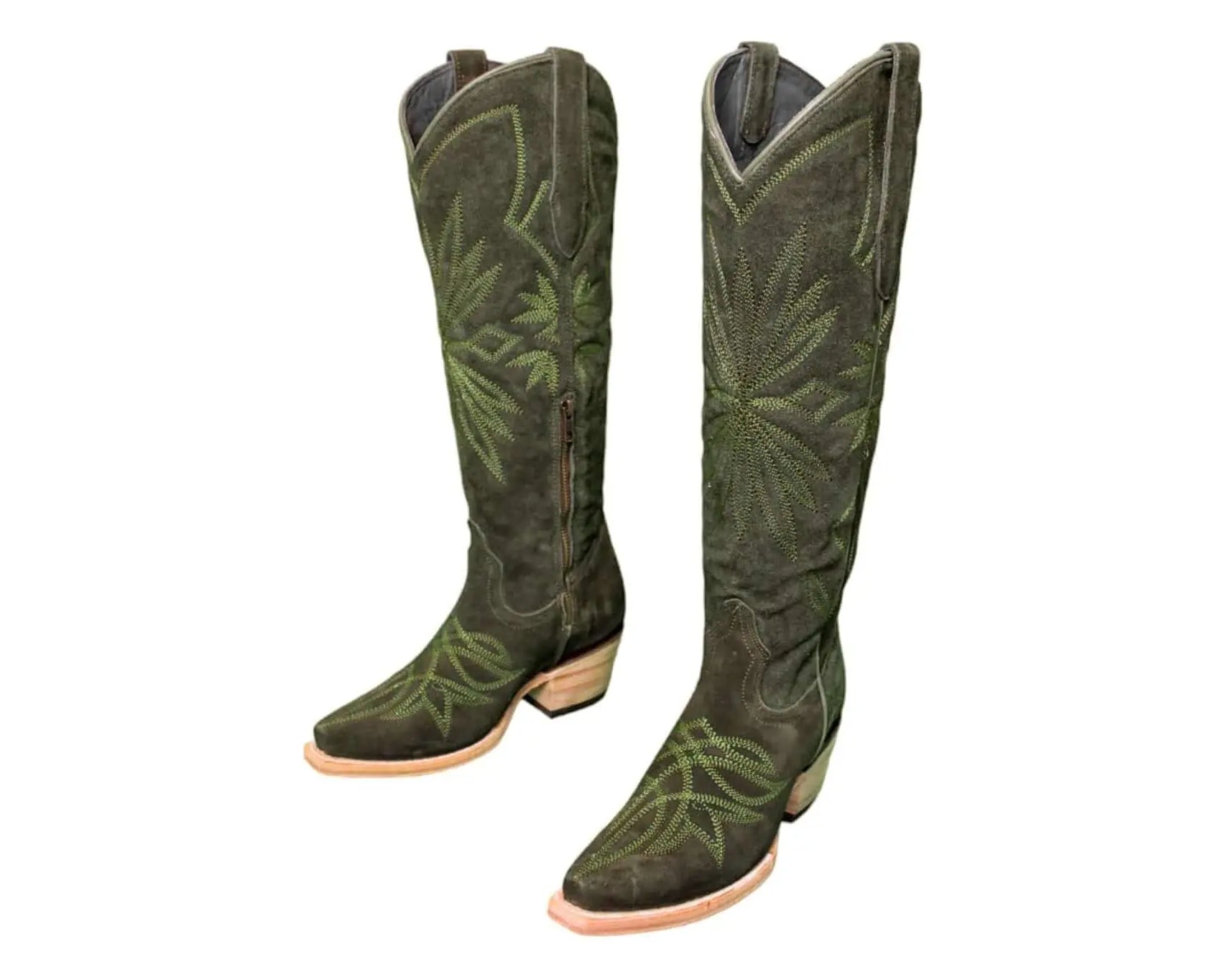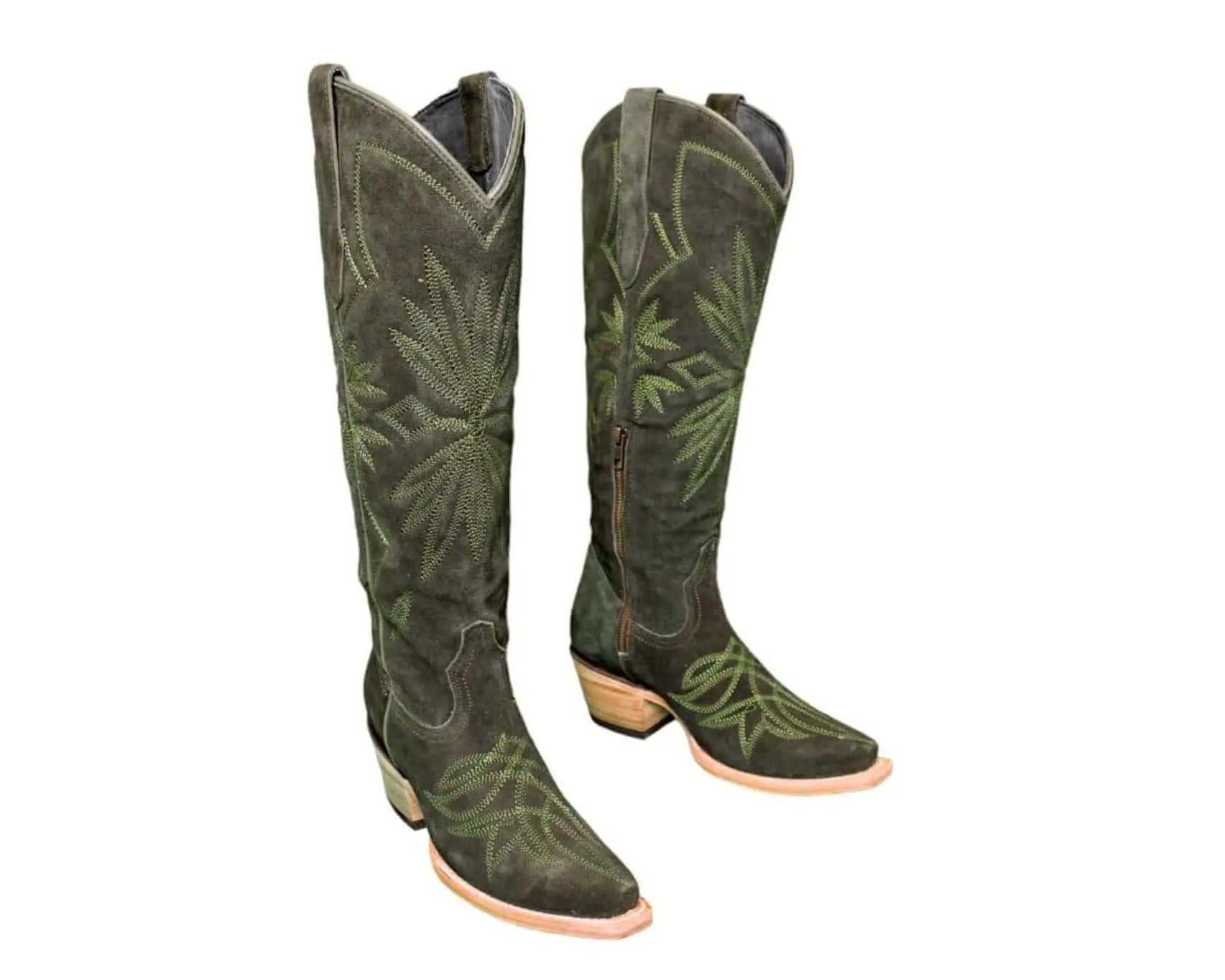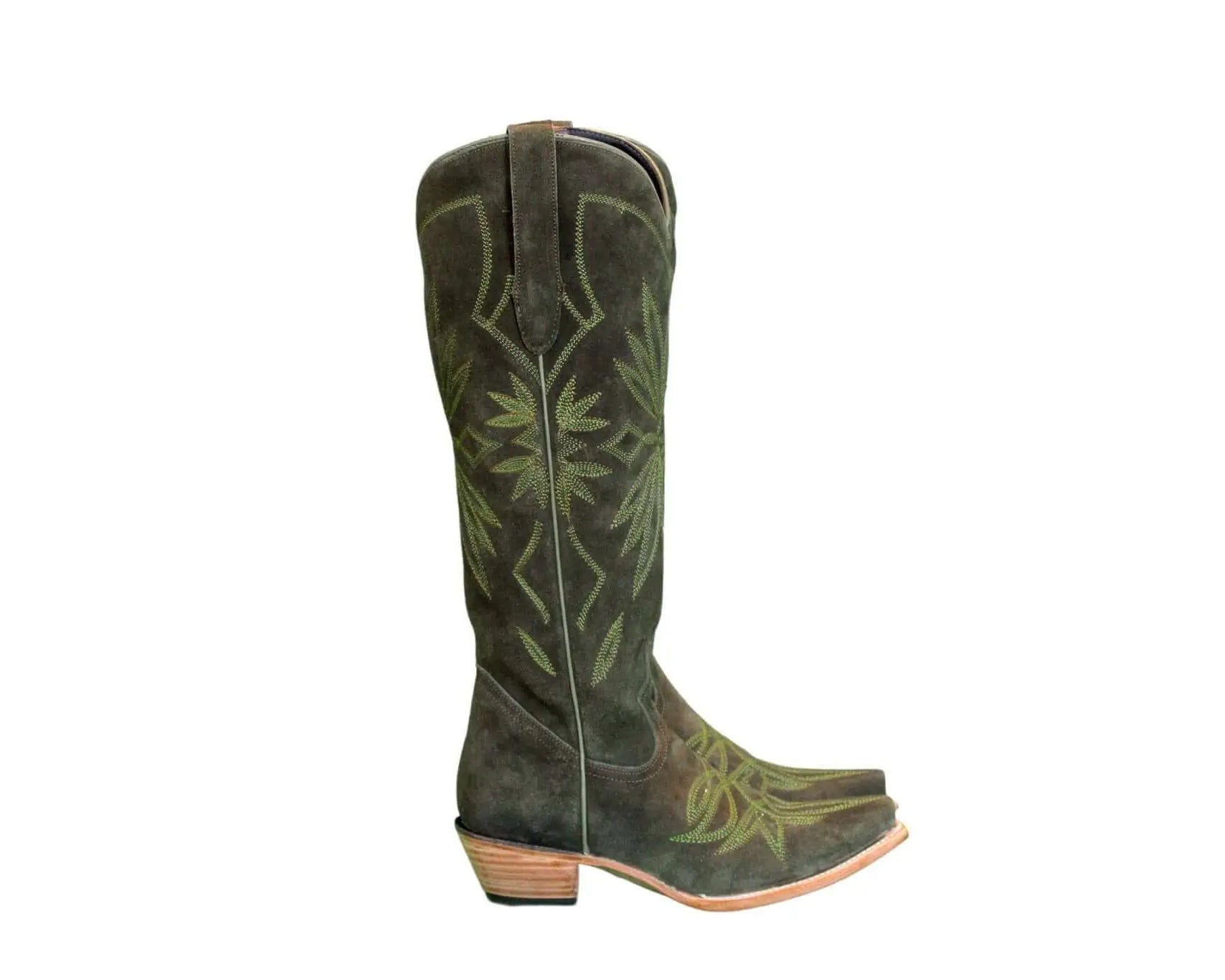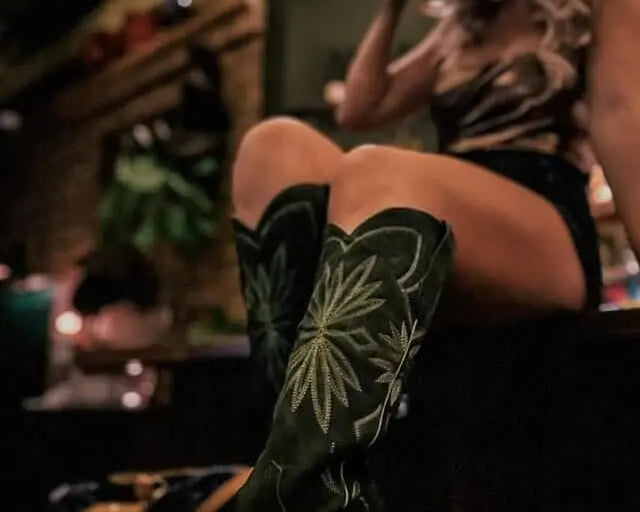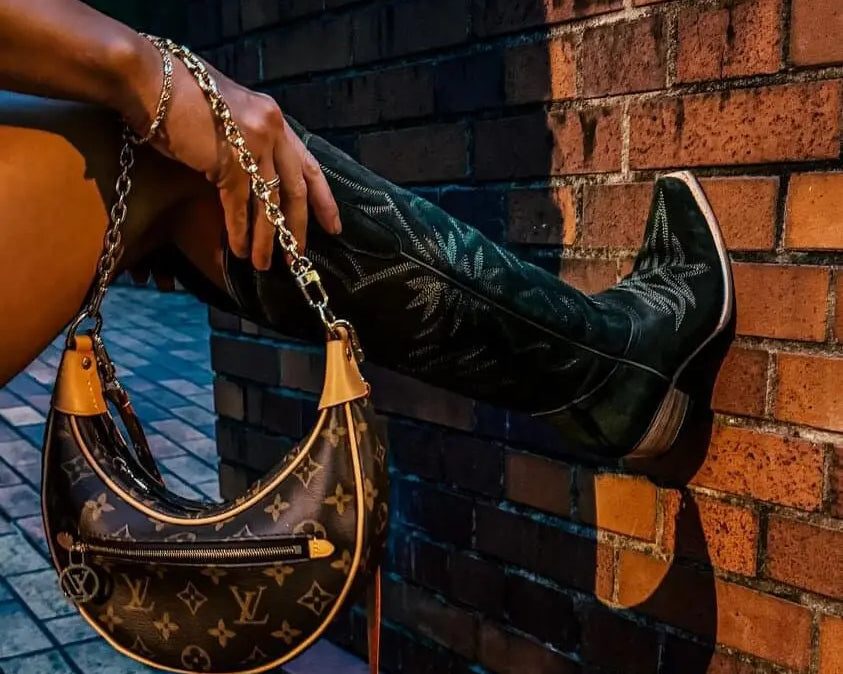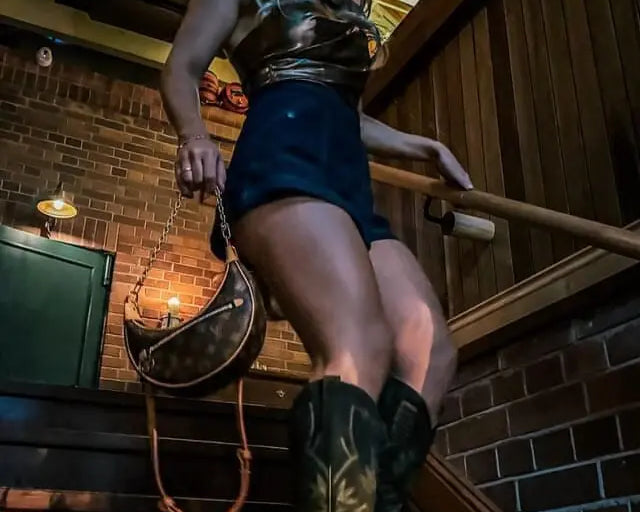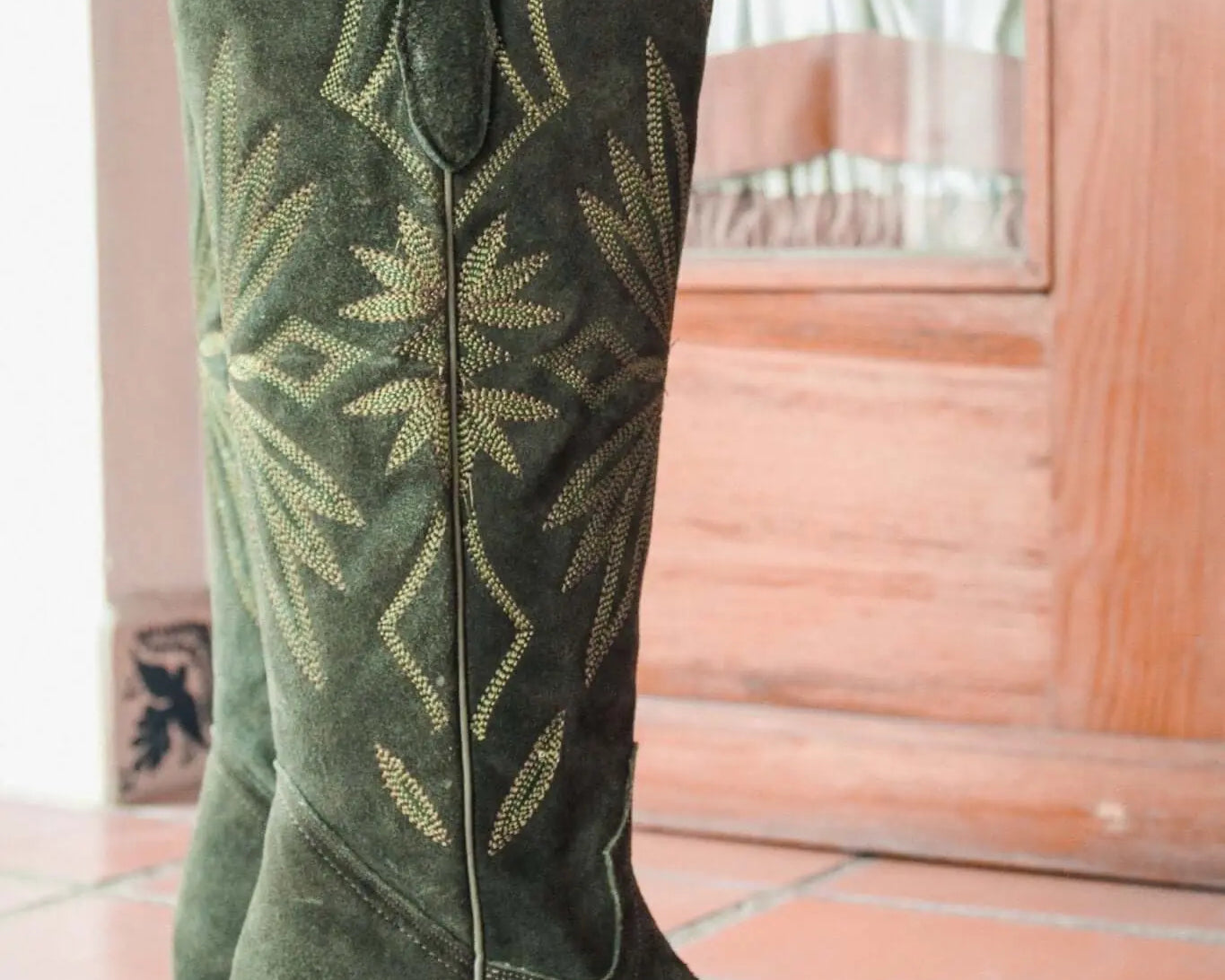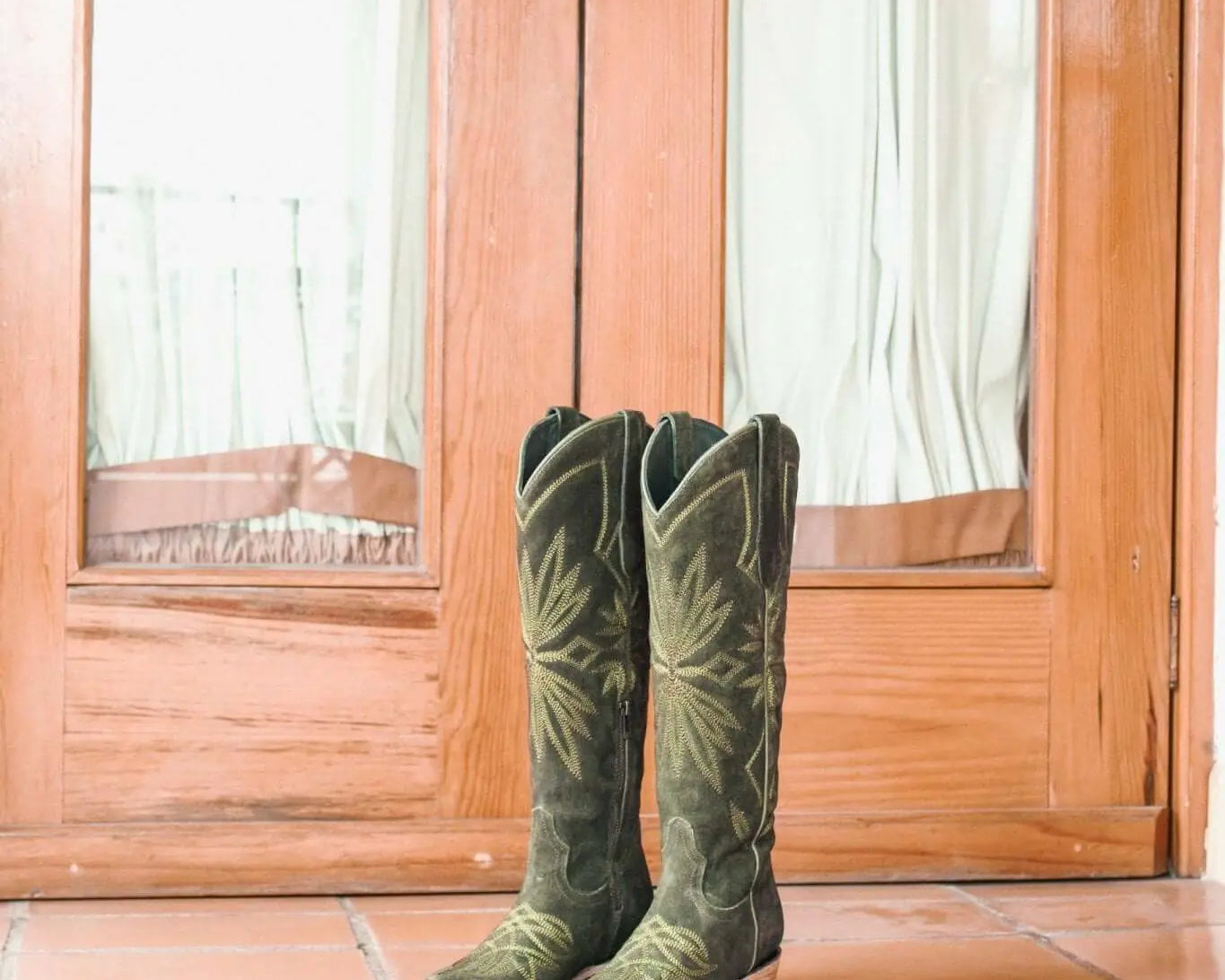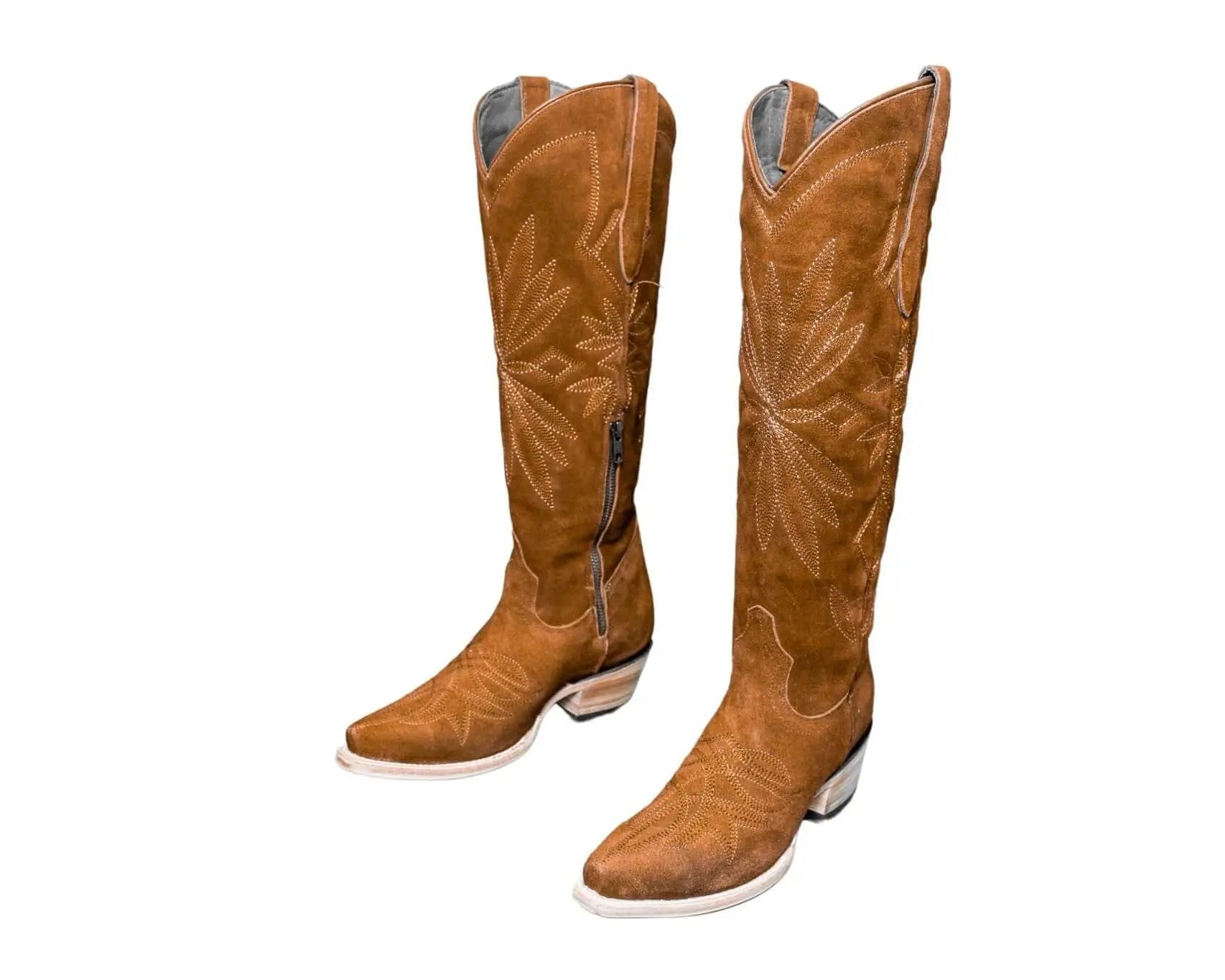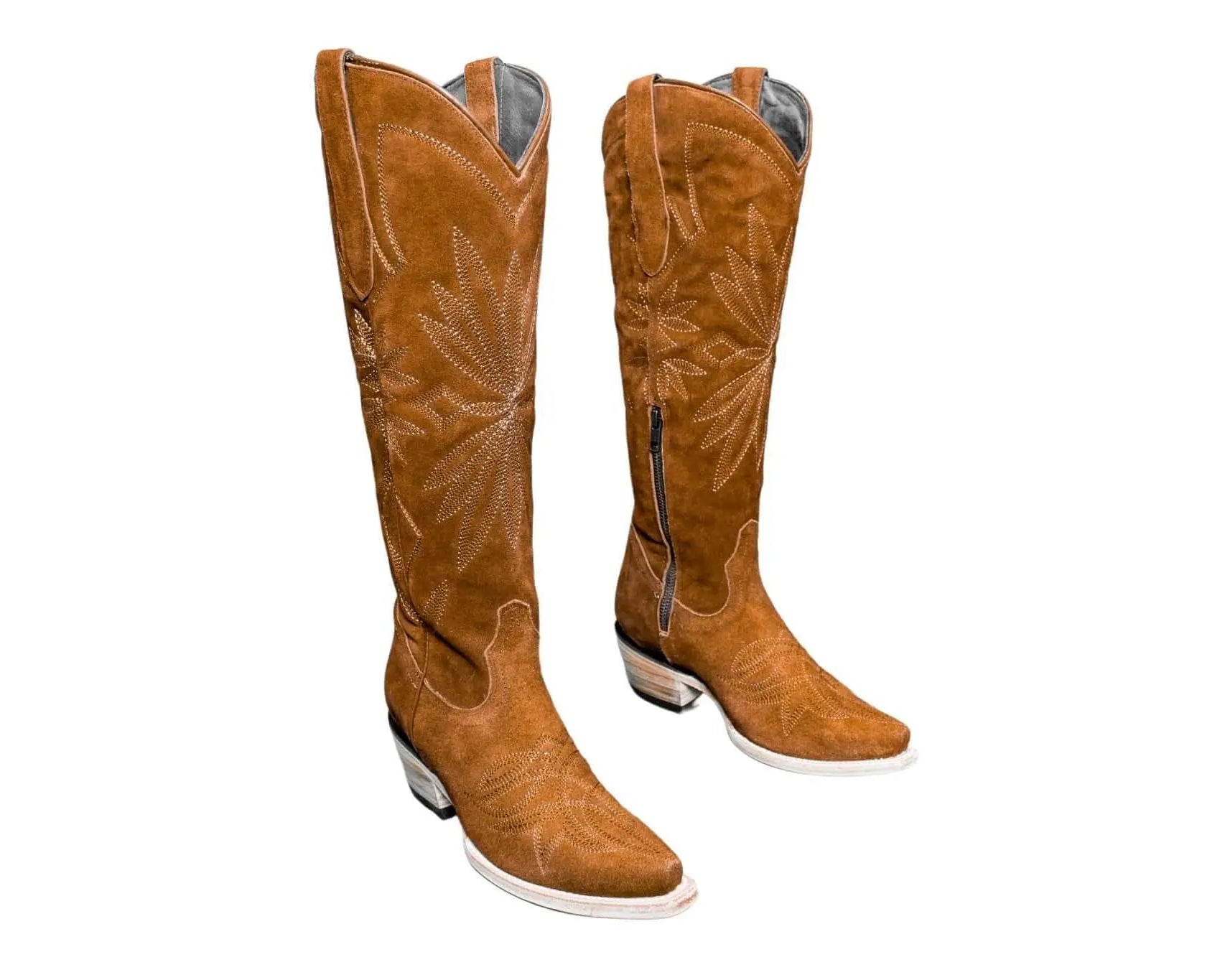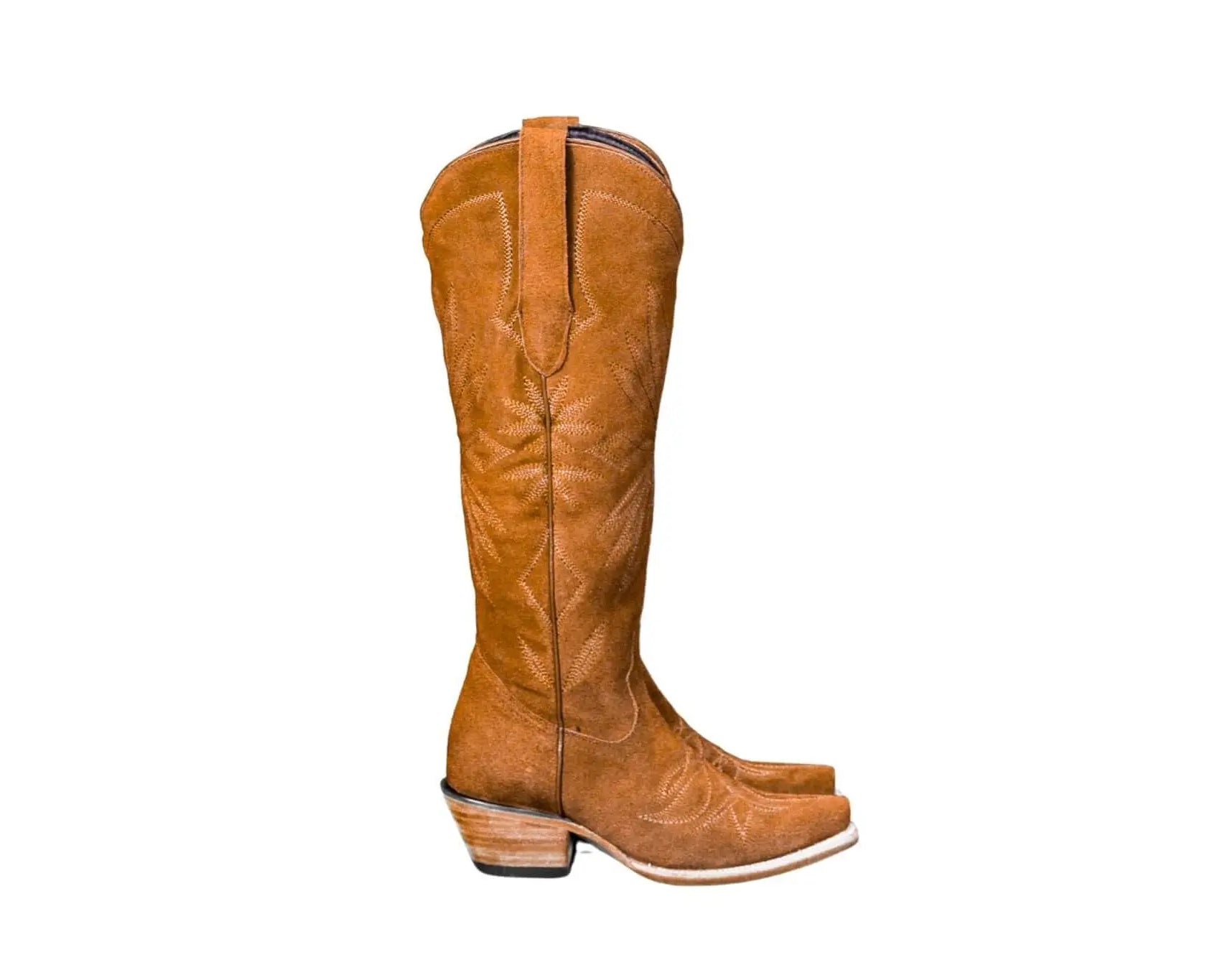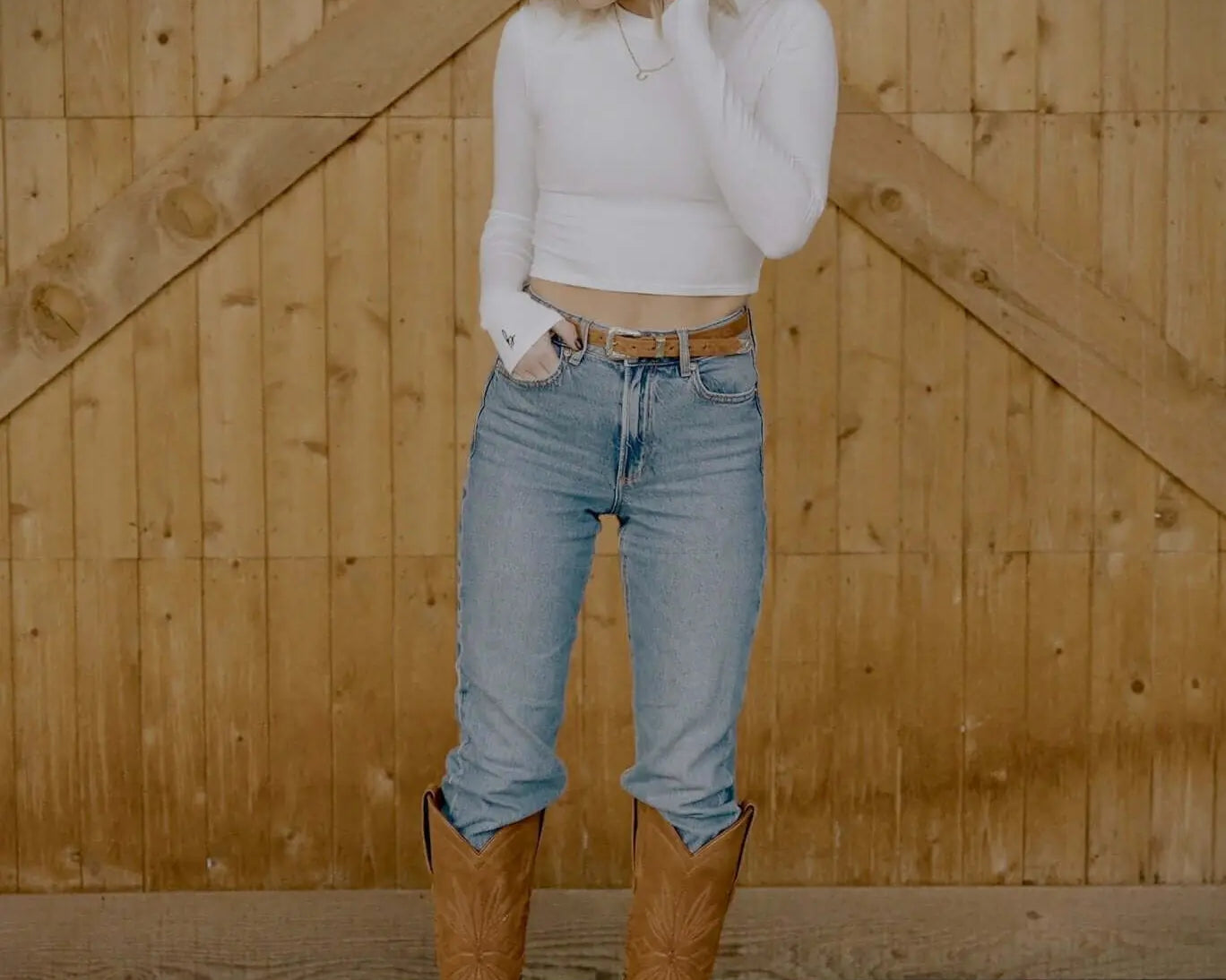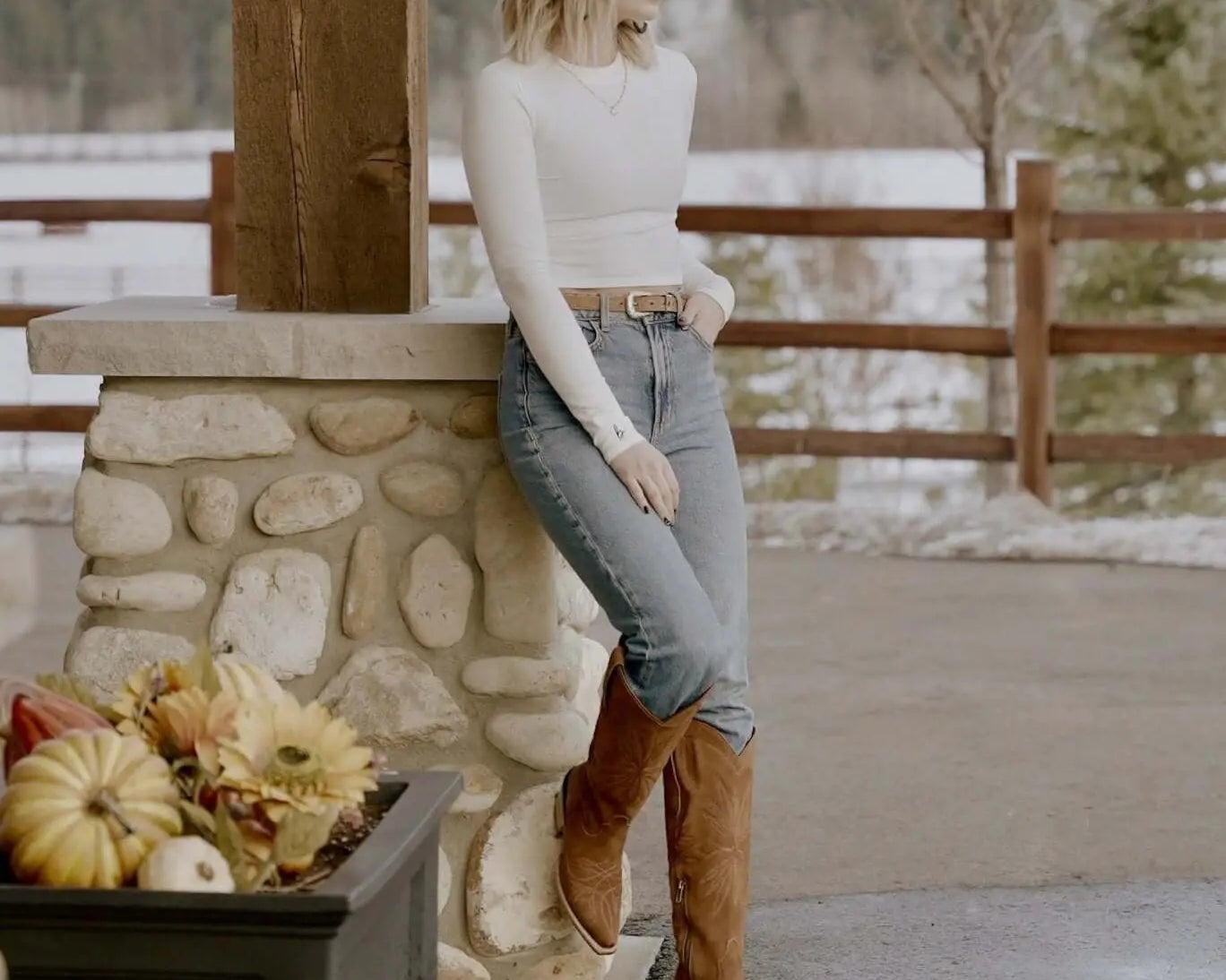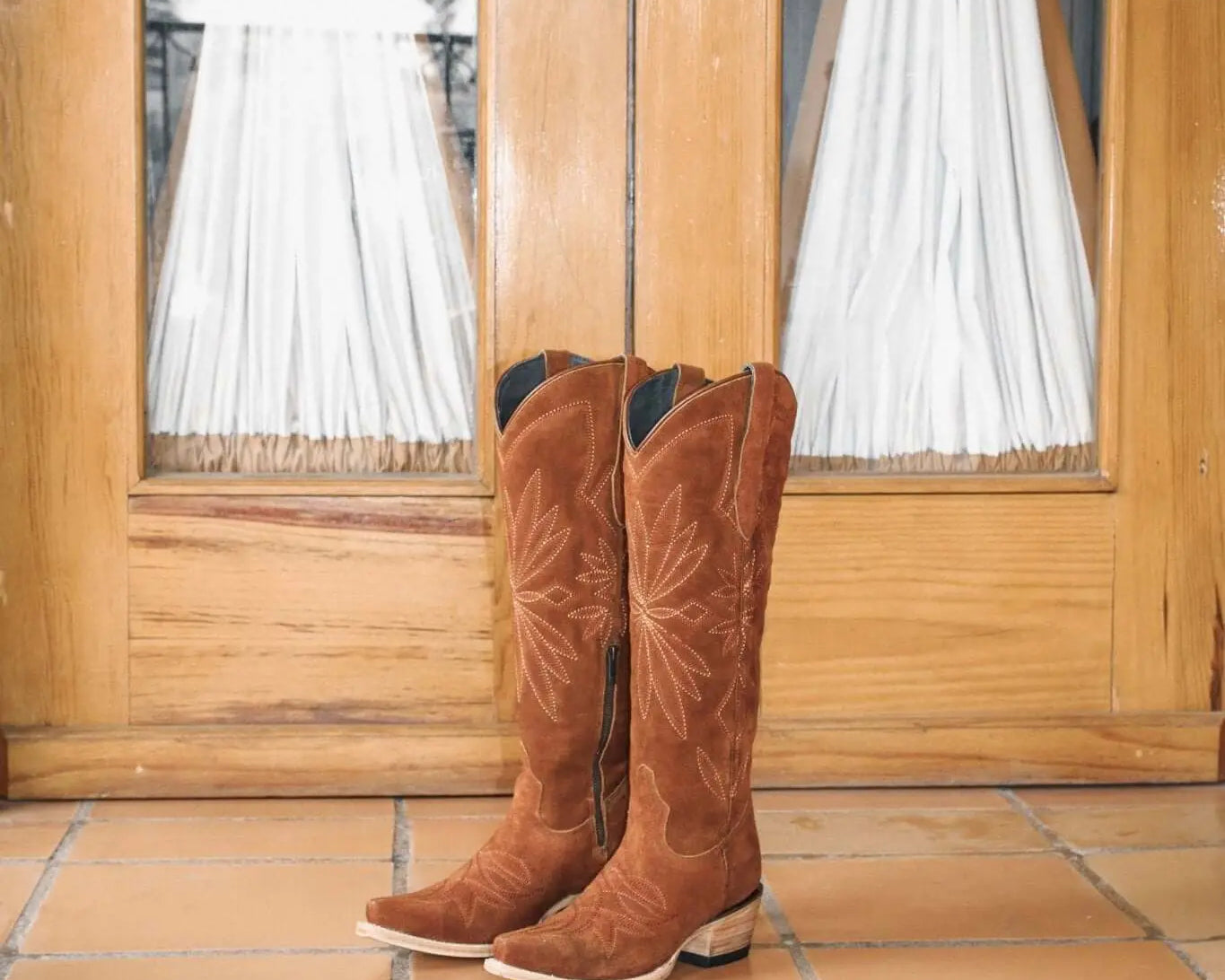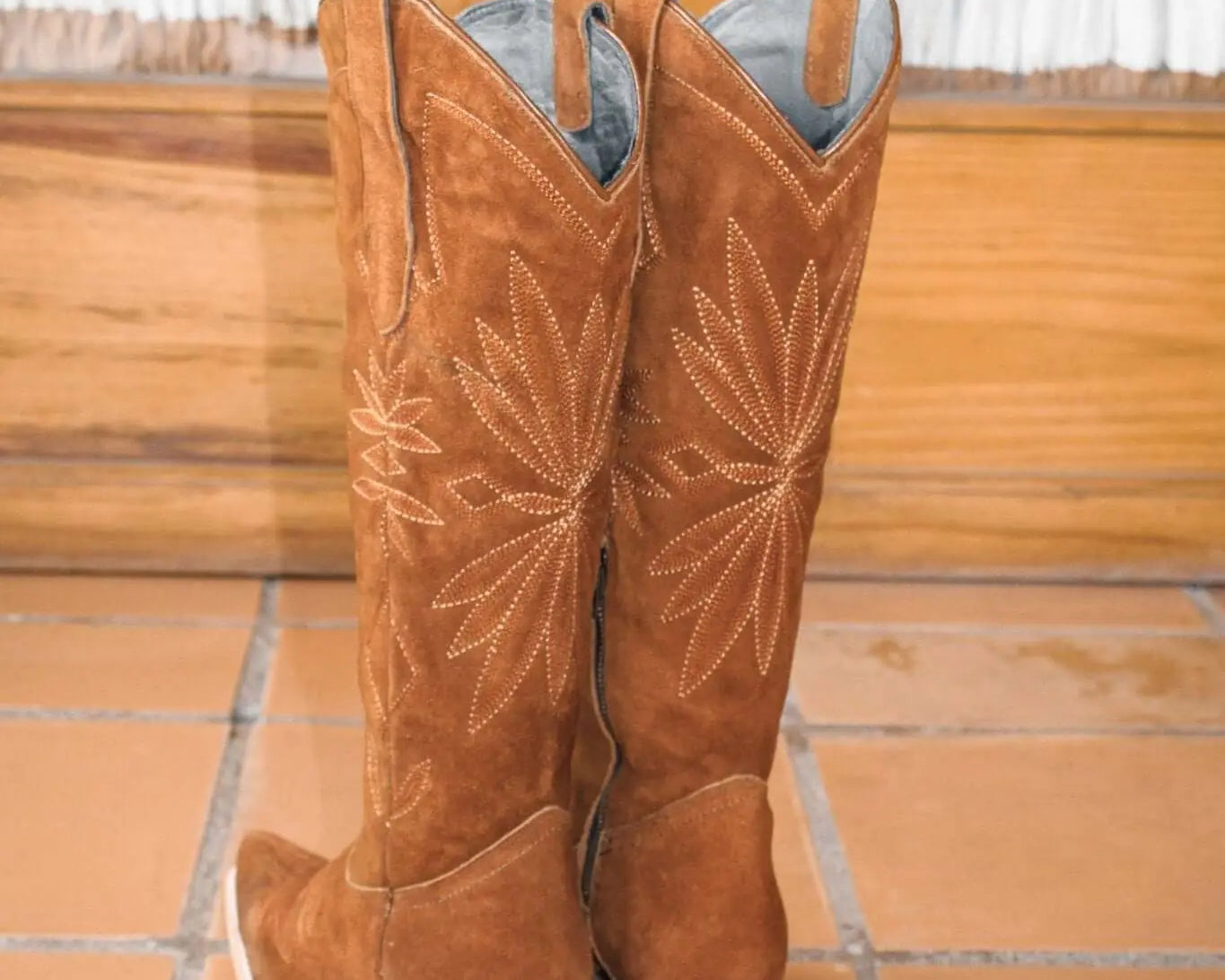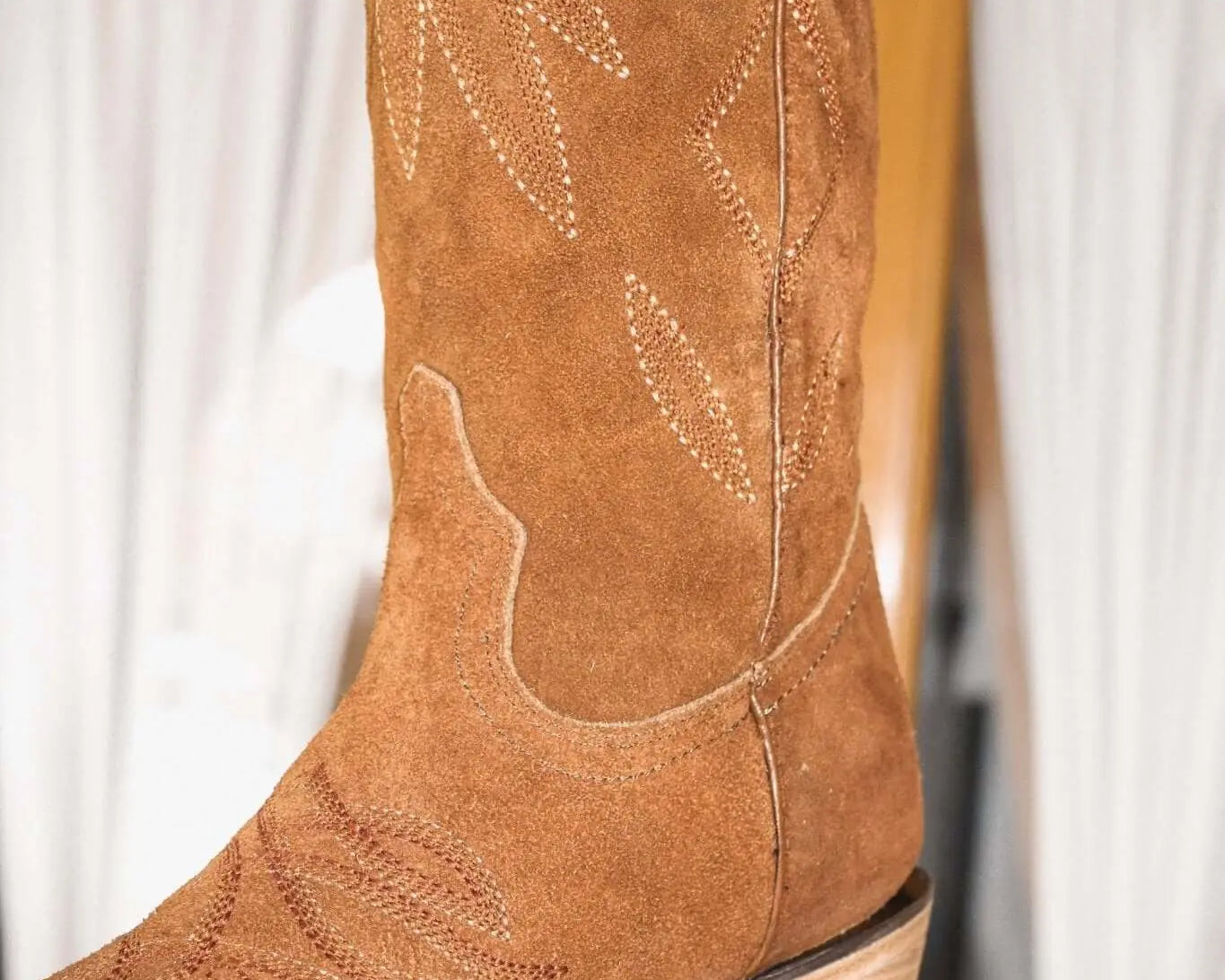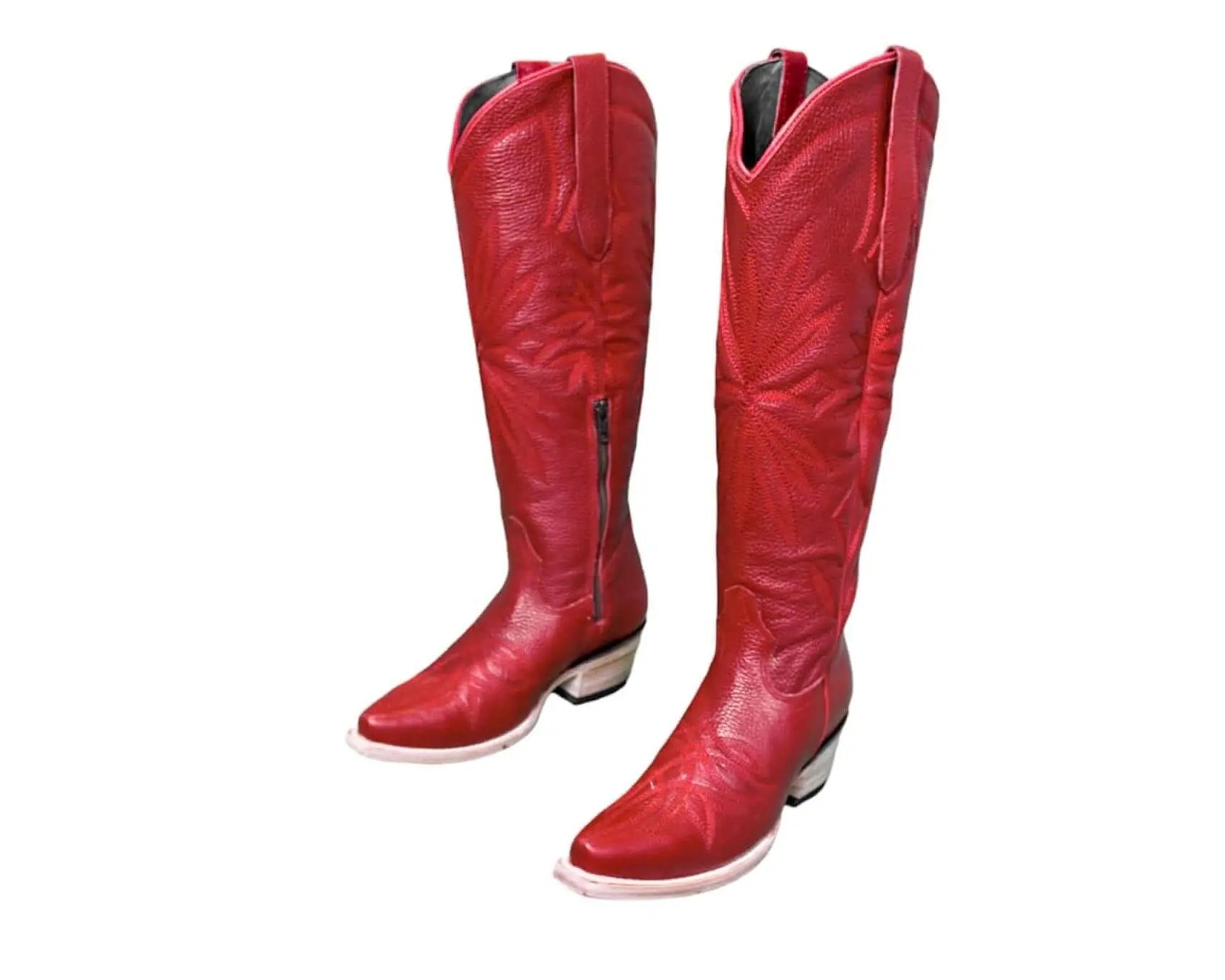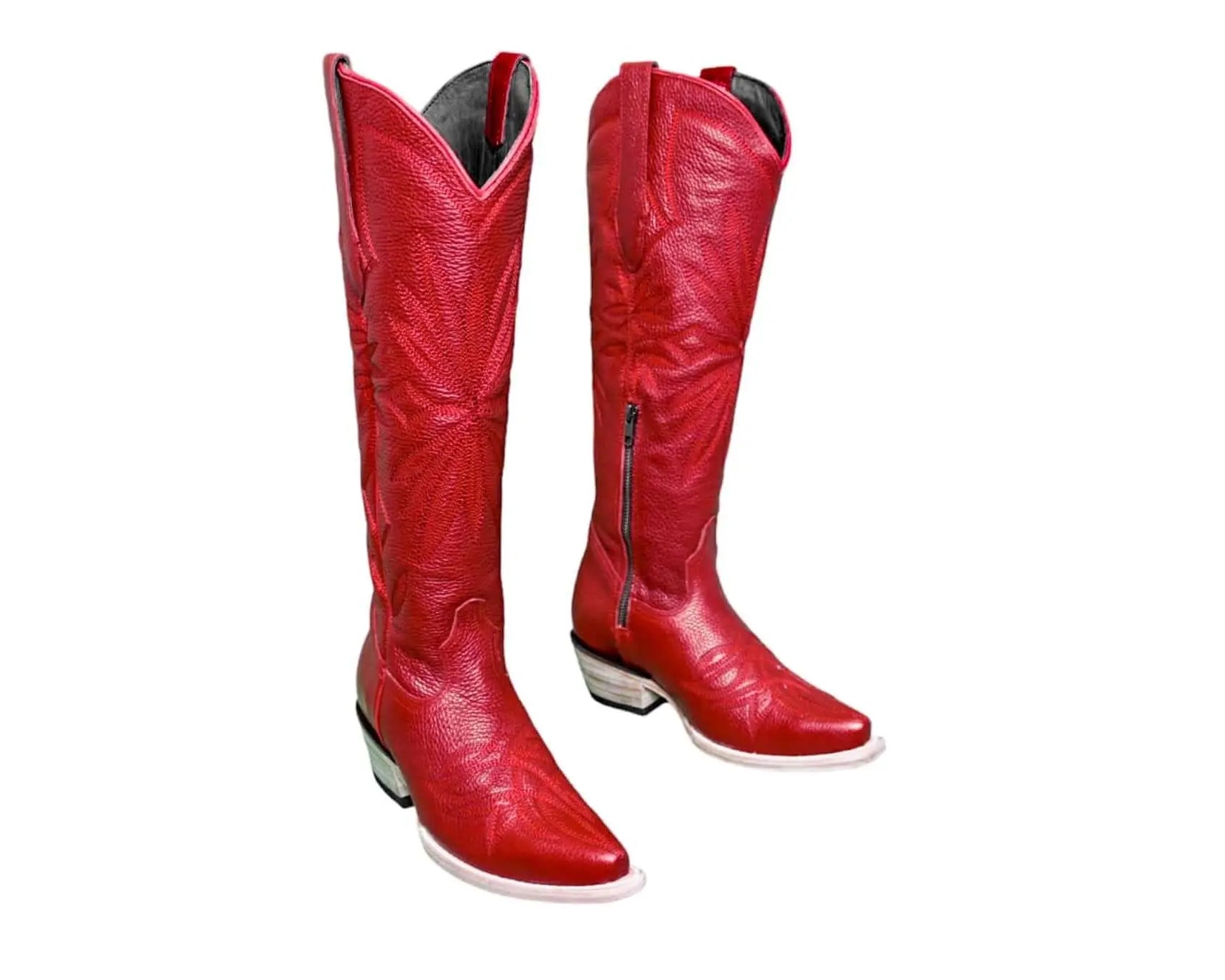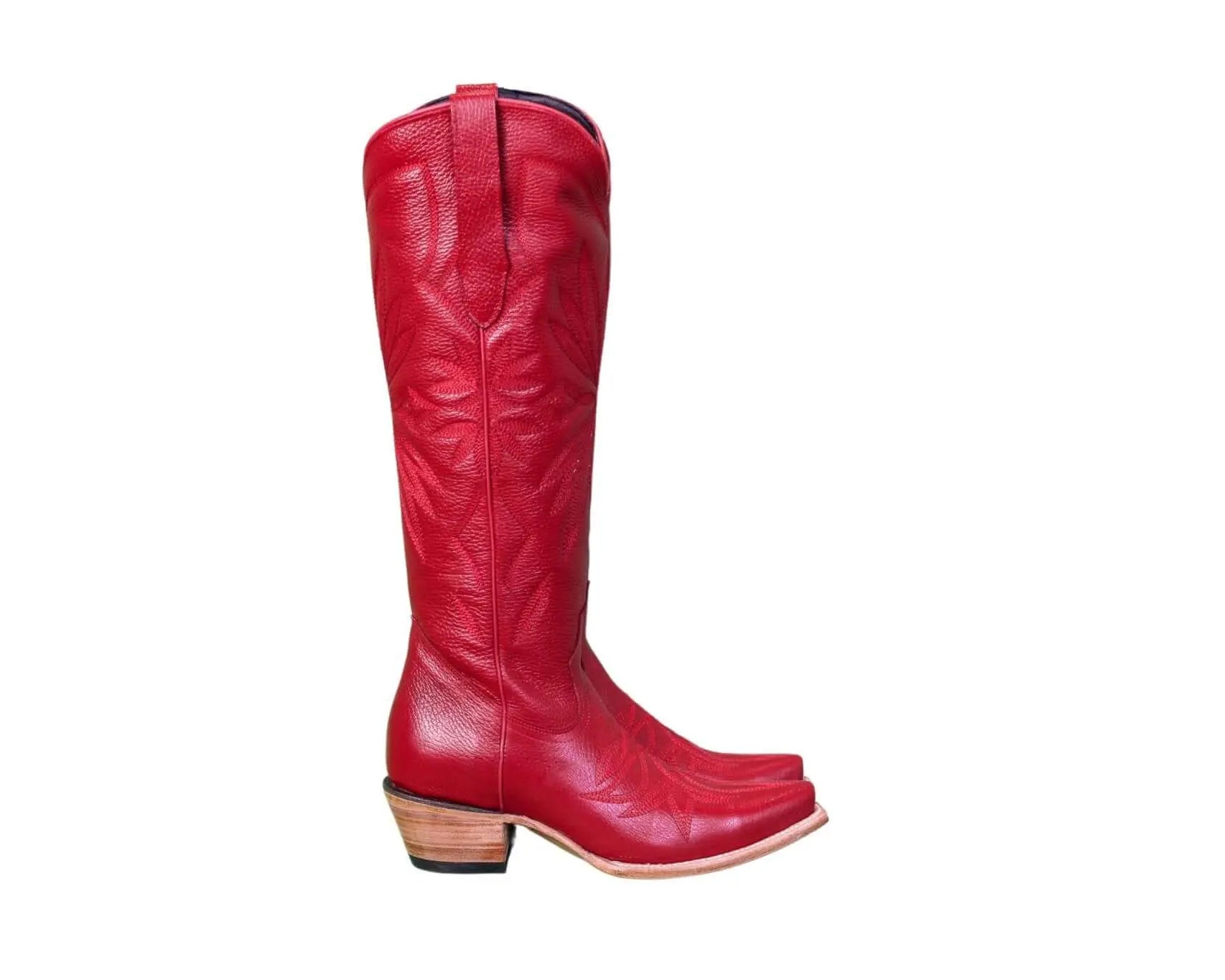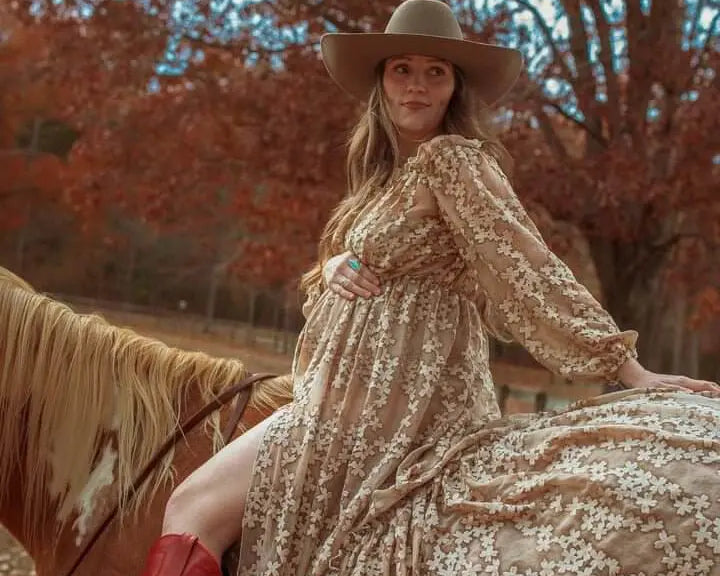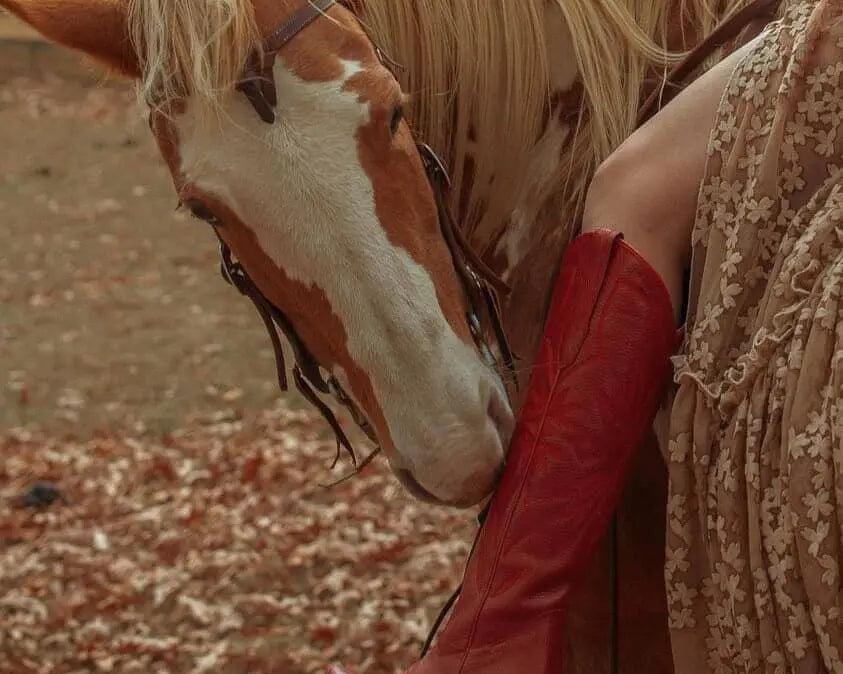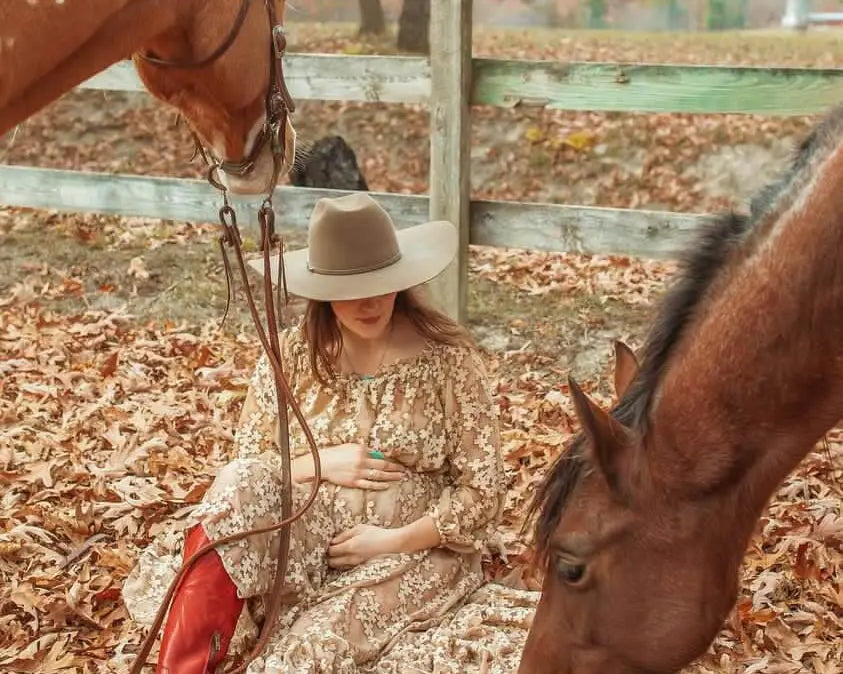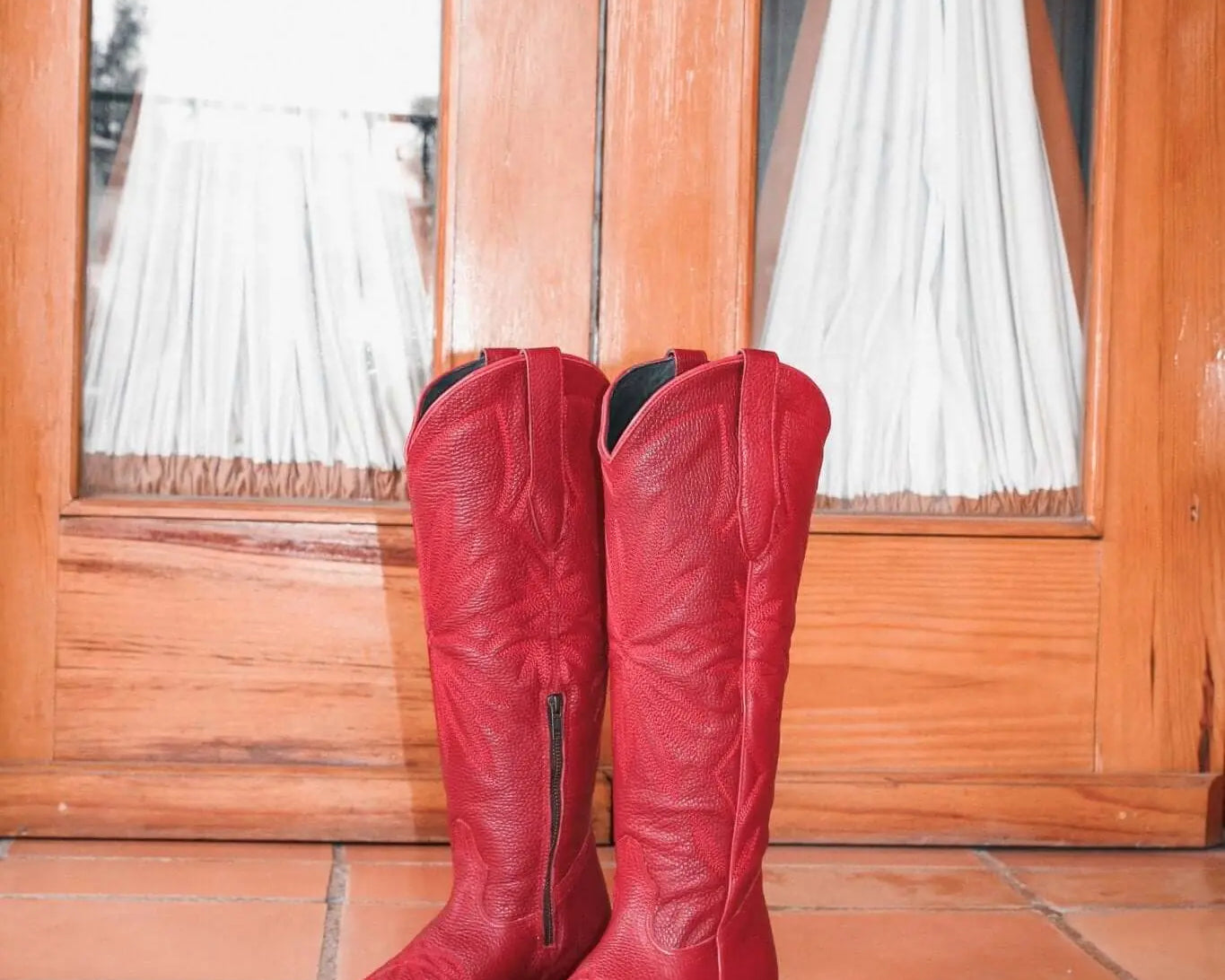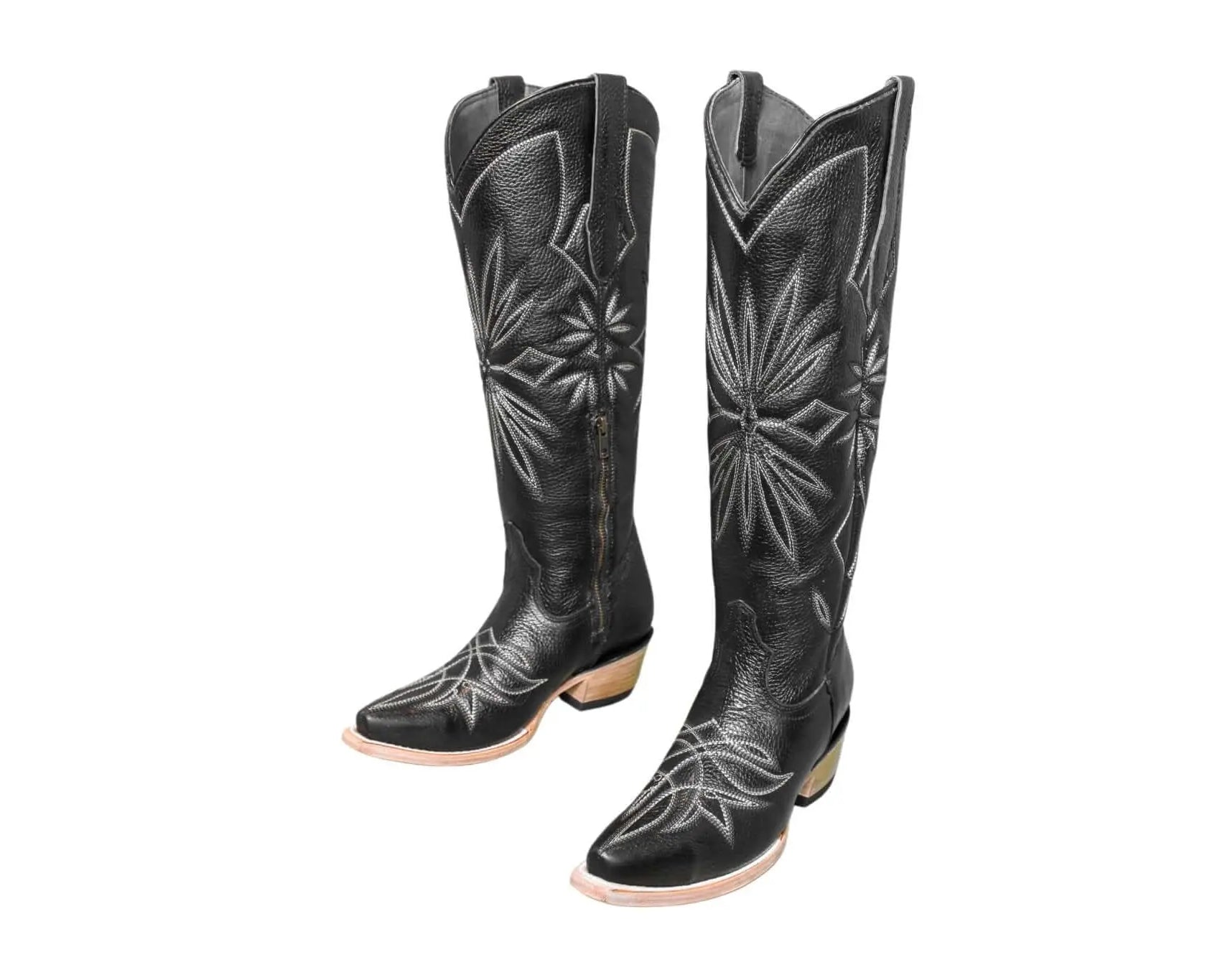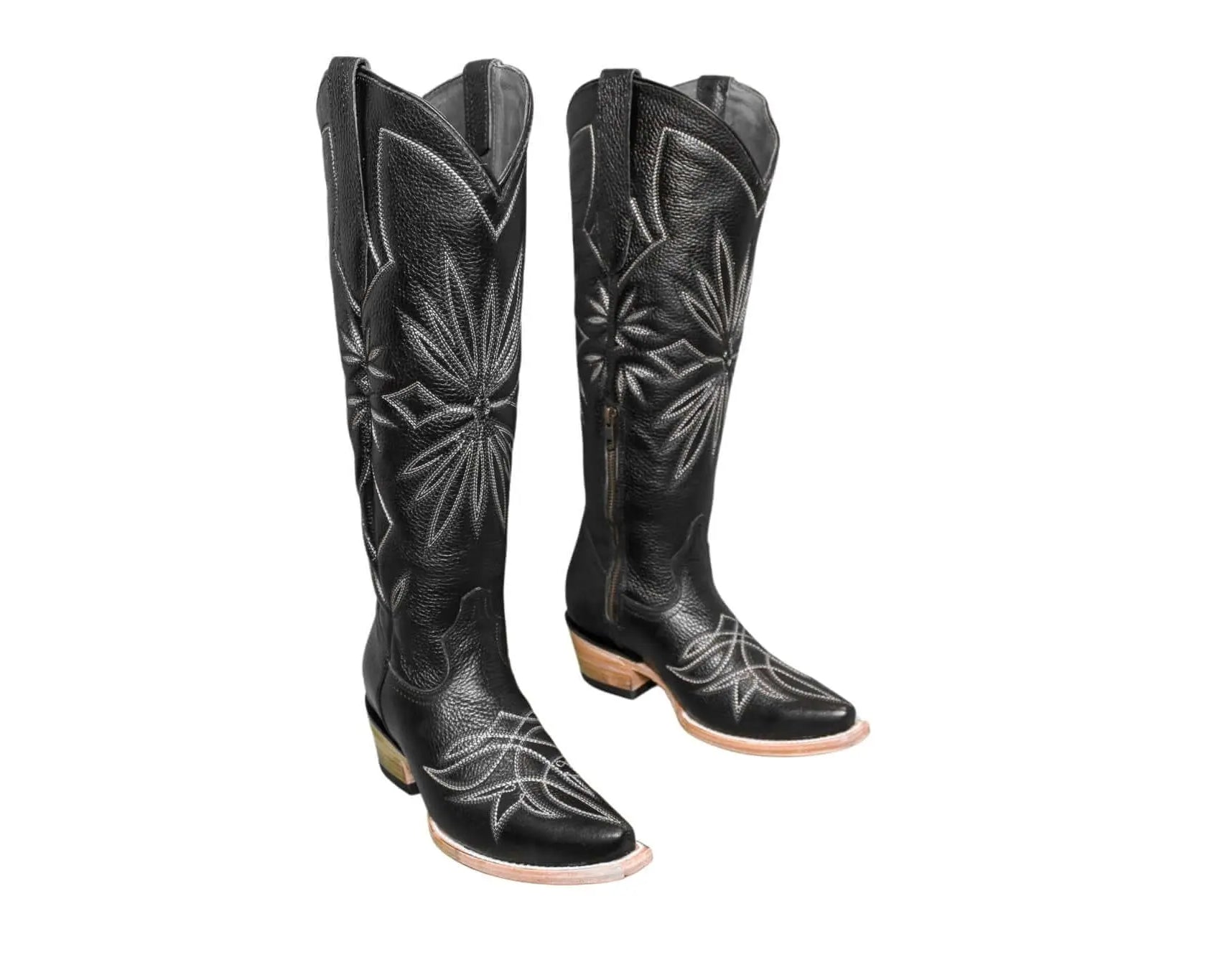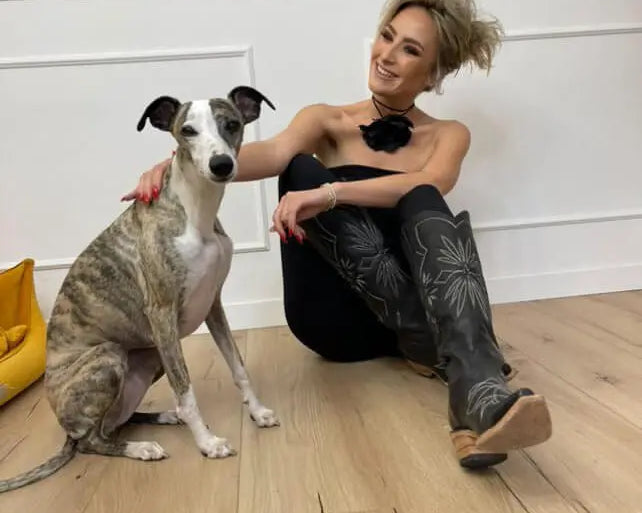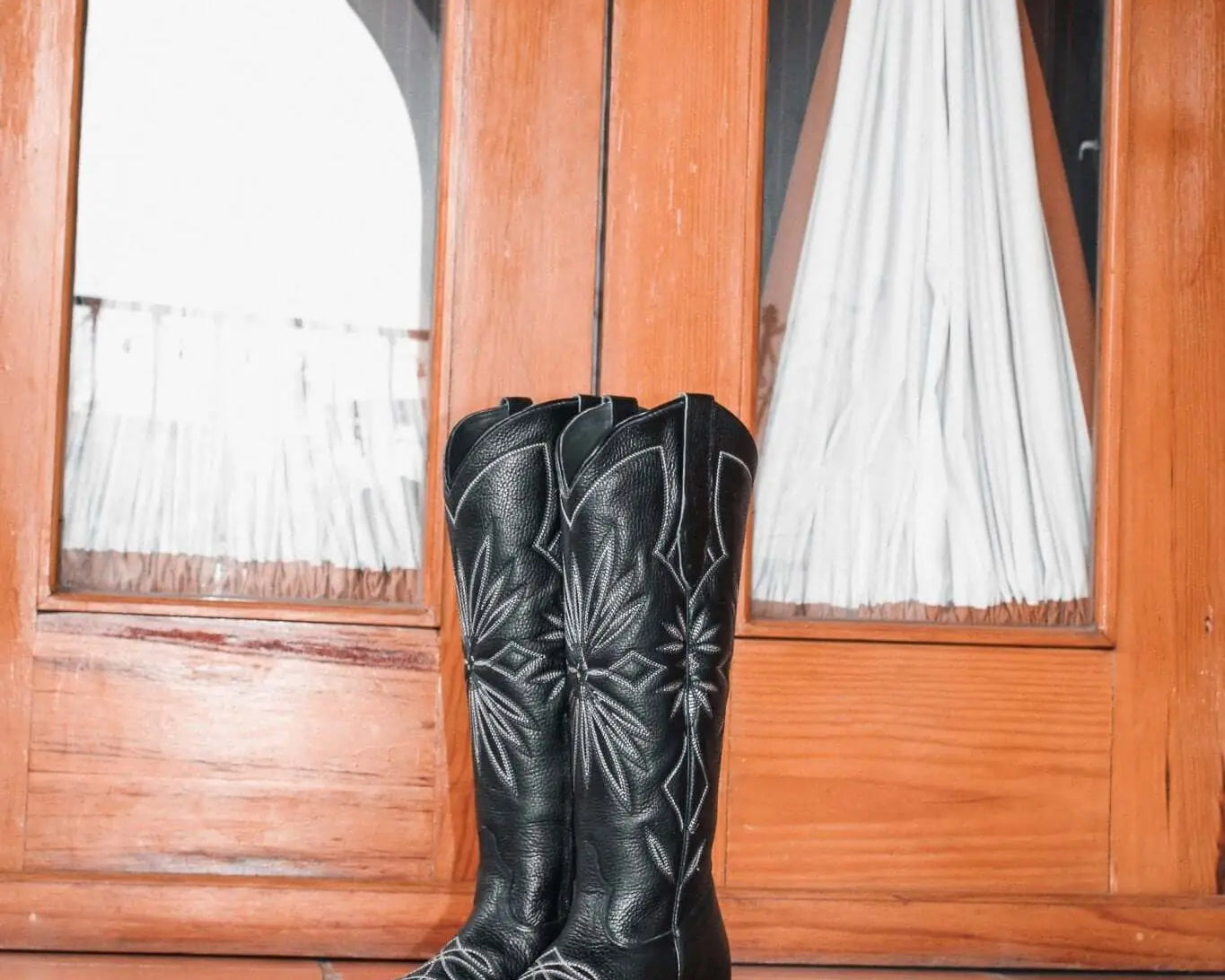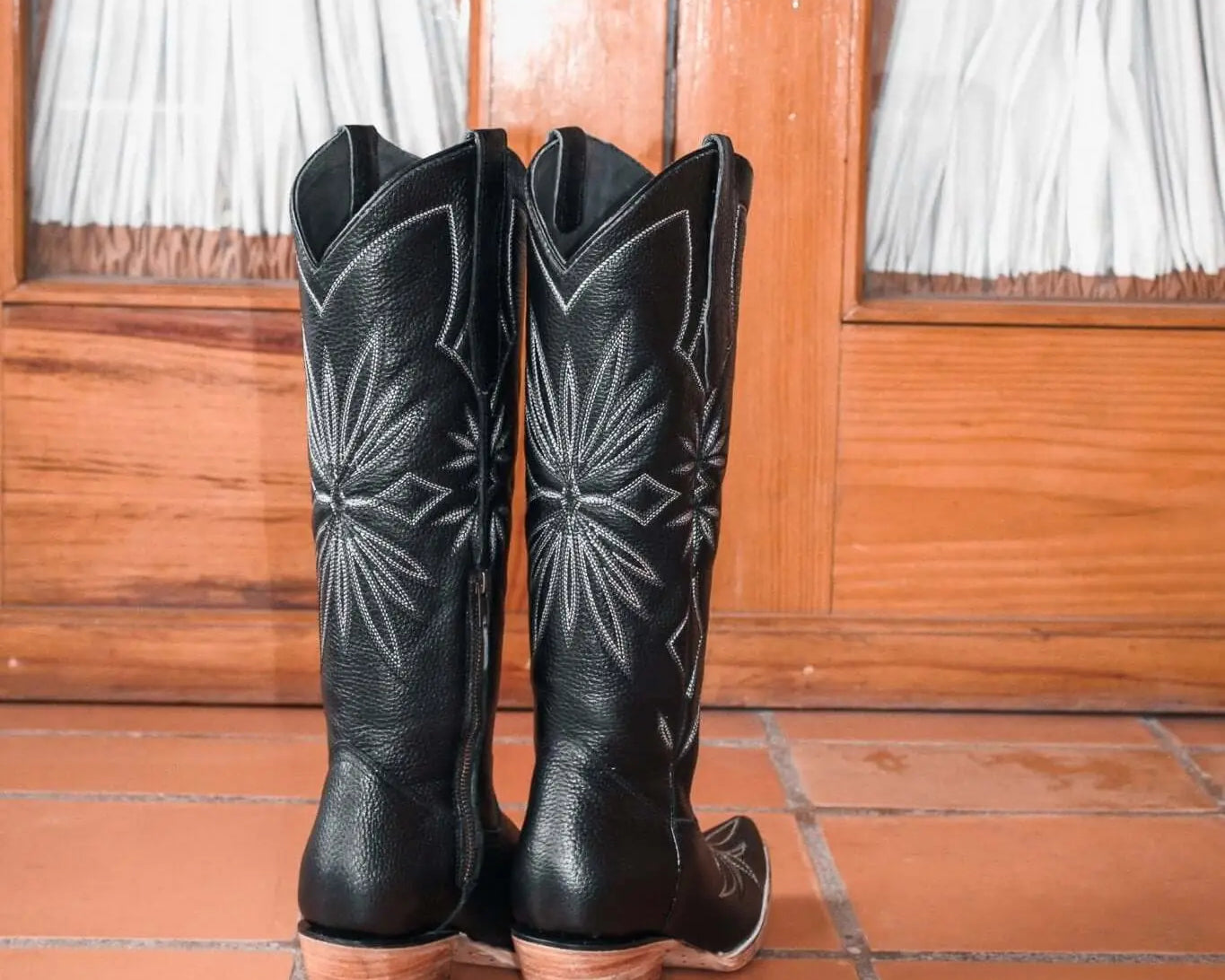Built by Hand, Built to Last
In a world full of mass-produced fashion, there’s something grounding about knowing your boots were made by hand. Every cut, every stitch, and every welt in a pair of Stiefeld boots is done by artisans who’ve spent years perfecting their craft in Mexico — in a city where leatherwork isn’t just a job; it’s a legacy.
As we celebrate our 9th anniversary this October, we’re reminded of what truly defines us: craftsmanship that doesn’t follow shortcuts. Every pair is still handmade — built slowly, carefully, and with heart.
Unlike glue-assembled footwear, our boots use Goodyear welt construction, a time-tested technique that takes longer to make but delivers unmatched durability and comfort. It’s the kind of construction found in heritage western boots — built for decades of wear, not just a season.
The Beauty of the Goodyear Welt
A welt is a strip of leather stitched around the bottom edge of the upper and insole. It’s what connects the upper to the sole — forming the foundation of strength and longevity in true western craftsmanship.
Here’s why it matters:
- Re-soleable & Long-lasting: When the sole wears down, it can be replaced without damaging the upper — meaning your boots stay with you for years.
- Water-resistant: The stitching creates a tight, secure bond that keeps moisture out.
- Comfort with Time: The leather insole molds to your foot, getting better with every wear.
You can see this craftsmanship in styles like our Dakota Tall Cowhide Boots, where the hand-stitched welt runs elegantly along the sole — proof that true quality is visible even from the ground up.
How to Tell If Boots Are Truly Welt Constructed (and Not Glued)
There’s a reason we proudly talk about welt construction — because it’s rare to find anymore.
Many boots today are cemented (glued), meaning the sole is simply attached to the upper with adhesive. It’s faster and cheaper to make, but once that glue weakens or moisture seeps in, the bond breaks — and there’s no fixing it.
A true welted boot, like ours, can be identified by a few details:
- Visible stitching along the edge of the sole. You’ll see a neat, continuous stitch line running around the boot — that’s the welt, not a glued edge.
- No peeling or lifting edges. Glued soles often start separating after use; welted soles stay firmly attached.
- A subtle ridge where the sole meets the upper. That small leather strip — the welt — is what allows resoling and adds structure.
So next time you shop for boots, flip them over. The craftsmanship is right there, written in the stitches.
Handmade by Real Artisans
Every pair of Stiefeld boots passes through the hands of skilled shoemakers who still work with traditional tools — cutting, shaping, and sewing hides with precision. That’s why each boot has its own personality.
When you slip into a pair of Aurora Hair-on-Hide Boots or Loretta Short Boots, you’re not just wearing footwear — you’re carrying a piece of someone’s craftsmanship, patience, and pride.
Why Our Clients Choose Handmade
Our clients — women who value authenticity and comfort as much as style — often tell us they can feel the difference. Each pair feels sturdier, more balanced, and more real than factory-made alternatives.
It’s why they come back for their next pair. Handmade boots aren’t an expense — they’re an investment in timeless quality.
Explore our full lineup of handcrafted, Goodyear-welted boots:
Shop All Cowhide Boots
A 9-Year Promise of Craftsmanship
For nine years, Stiefeld has stood for craftsmanship over convenience, patience over production, and quality over quantity. Every welt we stitch is a small act of rebellion against fast fashion — and a reminder that beautiful things take time.
Thank you for being part of this journey. Here’s to the next nine years, one handmade step at a time.


